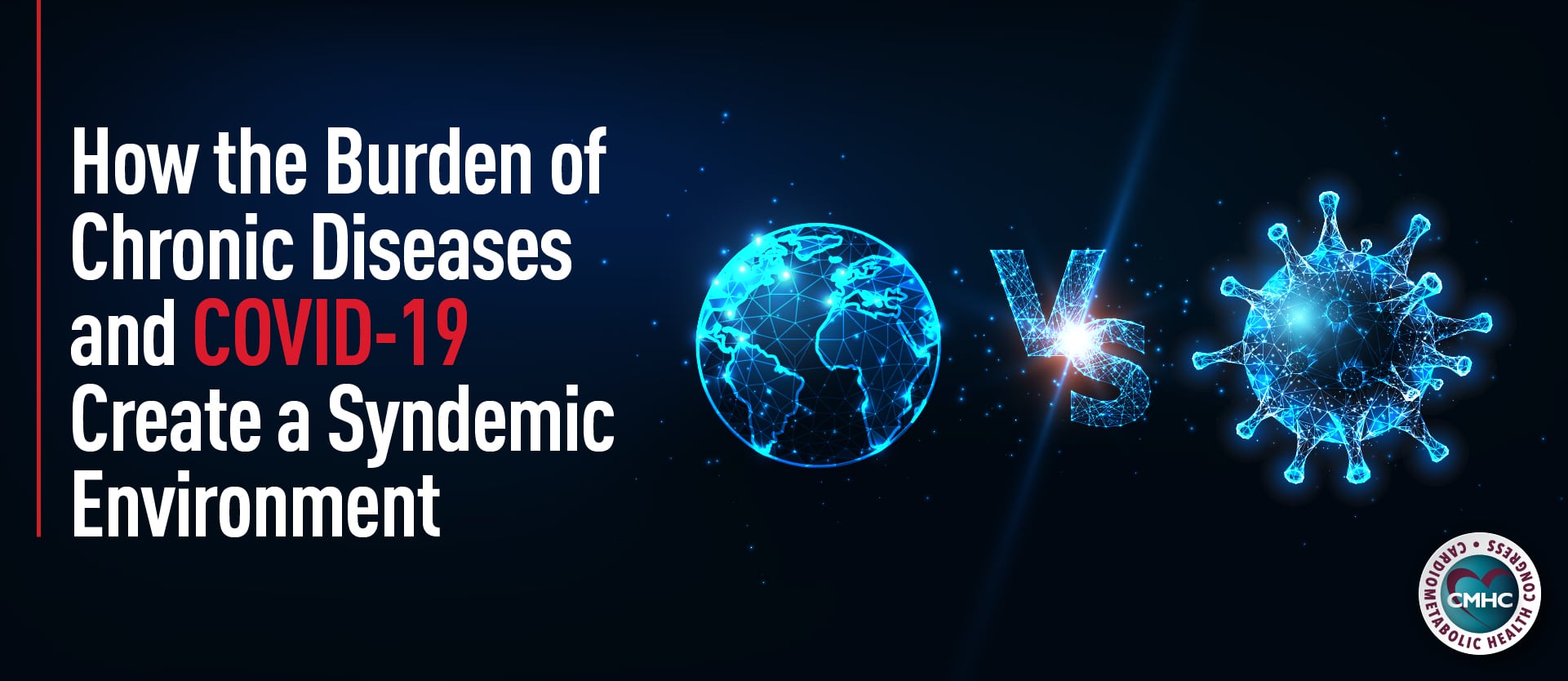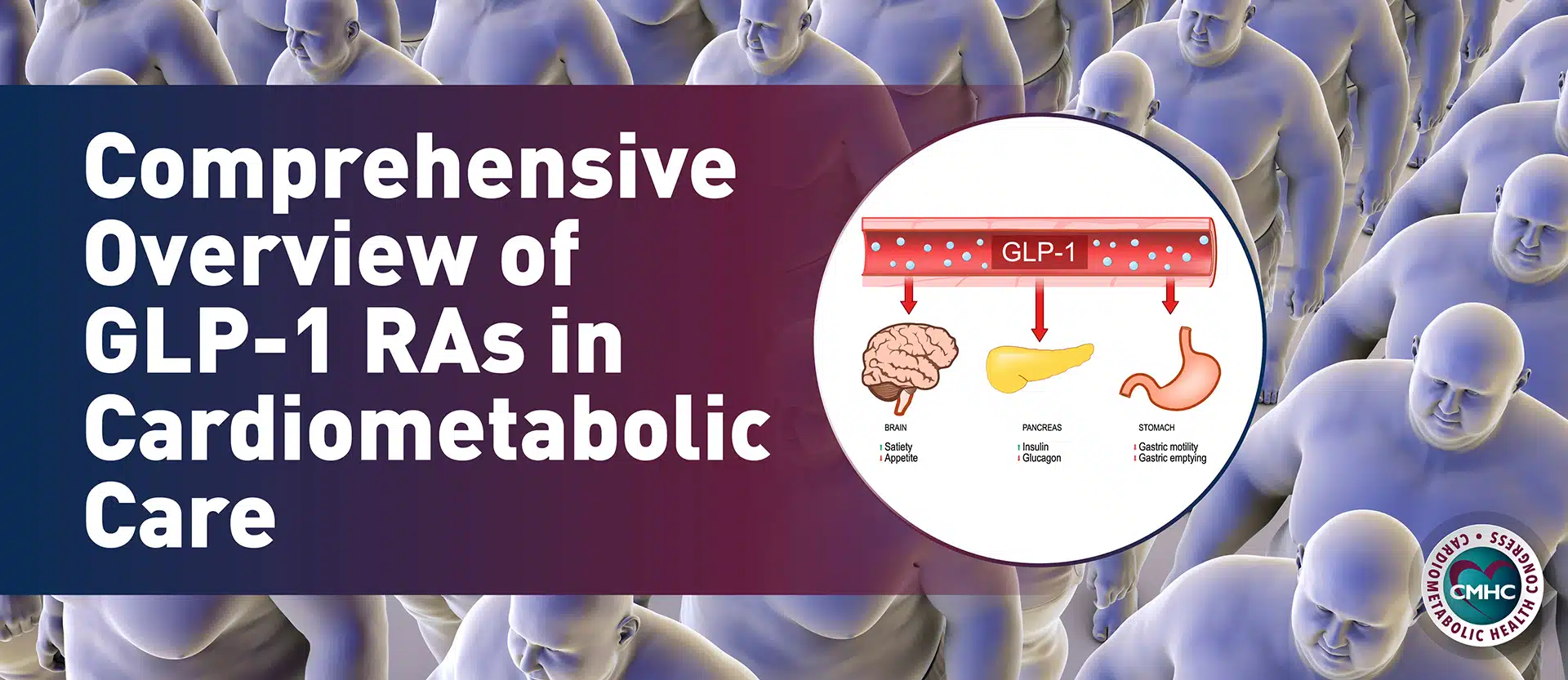The emergence and overlap of the novel coronavirus with a continued global rise in chronic diseases – including persistently high rates of obesity, diabetes, and cardiovascular disease – as well as those driven by deteriorating environmental conditions have drastically exacerbated the COVID-19 death toll. While we are currently living in the midst of an unprecedented global public health crisis, the COVID-19 pandemic has highlighted the many structural elements that have been consistently failing in the background.
Ranging from racial health disparities and health access inequities to gaps in education and medically siloed communities, systemic public health failures drive our continuous battle against the virus. Critical sociopolitical and public health factors that have allowed many nations to successfully contain the viral outbreak are falling short in the United States. The burden of disease is growing exponentially as the devastation of the COVID-19 pandemic meets the underlying hot bed of chronic disease, further contributing to widening preexisting health gaps. Capacity constraints in healthcare facilities, widespread shortages of personal protective equipment, and vast disparities in mortality rates by race are symptoms of a much larger problem.
Syndemic of Chronic Diseases and COVID-19
Rising rates of chronic disease, persistent infectious diseases, and public health failures have been largely responsible for the growing number of deaths during the COVID-19 viral outbreak, resulting in what The Lancet’s medical journal editor-in-chief, Richard Horton, refers to as a “syndemic.” Defined as the aggregation of two or more concurrent or sequential disease clusters, a syndemic or synergistic epidemic, attacks populations from multiple vulnerable levels – it will not be solved with the discovery of an effective treatment or the development of a COVID-19 vaccine.
In an article recently published in The Lancet, Horton argues against treating COVID-19 as a singular viral epidemic. Instead, he urges the scientific community along with public health officials to approach the current crisis with a multi-pronged strategy taking into consideration the aggregation of diseases at hand.
In his text, Horton writes: “Two categories of disease are interacting within specific populations—infection with severe acute respiratory syndrome coronavirus 2 (SARS-CoV-2) and an array of non-communicable diseases (NCDs). These conditions are clustering within social groups according to patterns of inequality deeply embedded in our societies. The aggregation of these diseases on a background of social and economic disparity exacerbates the adverse effects of each separate disease. COVID-19 is not a pandemic. It is a syndemic. The syndemic nature of the threat we face means that a more nuanced approach is needed if we are to protect the health of our communities.”
The Global Burden of Disease
Per data from a global study of human health, consistently rising rates of chronic diseases coupled with the surging COVID-19 outbreak have resulted in a situation much graver than a pandemic. As the most comprehensive study of its kind, the Global Burden of Disease Study analyzes 286 causes of death, 369 diseases and injuries, as well as 87 risk factors in 204 countries across the world to provide an overview of global population health. Currently, it is also proving valuable in determining the impact of COVID-19 – a virus that cannot be viewed as existing in a vacuum separate from the diseases it exacerbates.
The study reports that the leading causes of poor health in individuals aged 50 and above worldwide are cardiometabolic conditions namely, ischemic heart disease stroke, and diabetes.
While in younger demographics, those aged between 10 and 49 years, the primary causes are road injuries, HIV/AIDS, lower back pain, and depressive disorders.
Cardiometabolic conditions and immunodeficiencies are particularly dangerous when coupled with the novel coronavirus. Driving the more than 1 million deaths caused by COVID-19 to date are chronic health conditions that weaken population health, such as high blood pressure, high blood sugar, obesity, and high cholesterol. These in turn, result from unhealthy diets and poor physical activity levels, which will continue to shape population health across the world even after the pandemic subsides.
Looking to the Future
The rise in chronic disease prevalence worldwide combined with public health failures have left many populations vulnerable to health emergencies such as the COVID-19 pandemic. Thus, approaching the virus outbreak from a syndemic perspective is vital to its successful eradication; targeting biological and societal factors is essential to improving prognosis, treatment, and public health policy.
Societal factors such as the vulnerability of older and minority citizens faced with disparities in healthcare access will not be solved by the introduction of a biomedical solution. Comprehensive policies are needed to reverse the many inequities plaguing the healthcare system per the syndemic approach, which prioritizes an integrated strategy to understanding and treating diseases. This will ultimately prove more successful than any attempt at merely controlling an epidemic of disease.
Combating the novel coronavirus will require focused attention on the non-communicable diseases and socioeconomic inequality increasing susceptibility and the likelihood of poor health outcomes. Addressing the COVID-19 pandemic means addressing the array of chronic diseases burdening the U.S. population. This includes improving obesity and diabetes management, optimizing cardiovascular and cancer care, as well as targeting preventative medicine strategies toward mitigating the health risk factors abundant in the population. Any other singular approach will leave individuals just as vulnerable to future iterations of COVID-19 or the next viral outbreak; a post-pandemic future will not be possible without the solution of the multitude of problems fueling it to begin with.


















